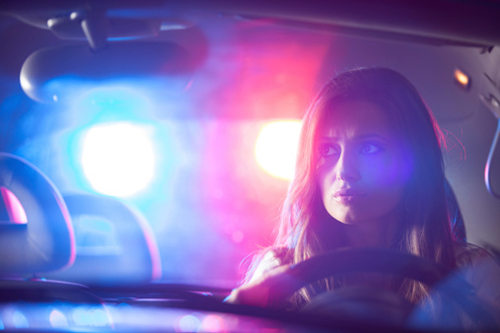 A new report is emphasizing the danger of driving under the influence of drugs, lending weight to recent concerns about the role marijuana and other drugs could play in car accidents. The study, conducted by the Governors Highway Safety Association, found not only an increase in drug use among drivers, but comparable accident risk to alcohol.
A new report is emphasizing the danger of driving under the influence of drugs, lending weight to recent concerns about the role marijuana and other drugs could play in car accidents. The study, conducted by the Governors Highway Safety Association, found not only an increase in drug use among drivers, but comparable accident risk to alcohol.
According to the study, about 40% of those killed in car accidents test positive for drugs. This is roughly the same as those who test positive for alcohol. Additionally, 15% of all drivers tested in 2013 and 2014 tested positive for marijuana or other illegal drugs, according to the National Highway Traffic Safety Administration. Although marijuana made up a significant portion of the drugs used by those who tested positive, amphetamines were found to be the second most frequently used. Other drugs found were painkillers (e.g., oxycodone and hydrocodone) as well as anti-anxiety medications (e.g., benzodiazepine and cocaine).
Although drunk driving rates have been decreasing over the last few decades, rates of drugged driving have been increasing. A theorized reason for this is the increasing legalization of marijuana combined with the rise in prescription drug abuse.
Like alcohol, these substances can impair driving but they do so by different means. Marijuana use typically results in slower driving speeds but also more sluggish and slow reaction times. Amphetamines, similar to alcohol, usually result in drivers speeding up and being less attentive to the road.
The report recommends that states take steps to reduce drugged driving incidents. This includes training officers to recognize the signs associated with drugged driving from different substances—quite important since there is no breathalyzer-equivalent for drugs. Further research is needed to understand how much drugs can increase the crash risk and in what quantities the risk increase is present. Current statistics show that drugs can double a driver’s crash risk, but the body of information is significantly less than what exists for alcohol.
At this time, only 15 states have zero tolerance laws for at least one impairing drug and 18 have imposed limits on marijuana while driving. Alaska and Oregon, despite having decriminalized recreational marijuana, lack any laws against driving under the drug’s influence.
Sources for Today’s Article:
“Drug-Impaired Driving: A Guide for What States Can Do,” Governors Highway Safety Association web site, September 30, 2015; http://www.ghsa.org/html/publications/2015drugged.html.
“New Report Urges National, State Action on Drugged Driving,” Governors Highway Safety Association web site, September 30, 2015; http://www.ghsa.org/html/media/pressreleases/2015/20150930drugged.html.
Storrs, C., “Driving while drugged now just as deadly as drunk driving,” CNN web site, last updated October 1, 2015, http://www.cnn.com/2015/10/01/health/drugged-driving/index.html, last accessed October 2, 2015.
